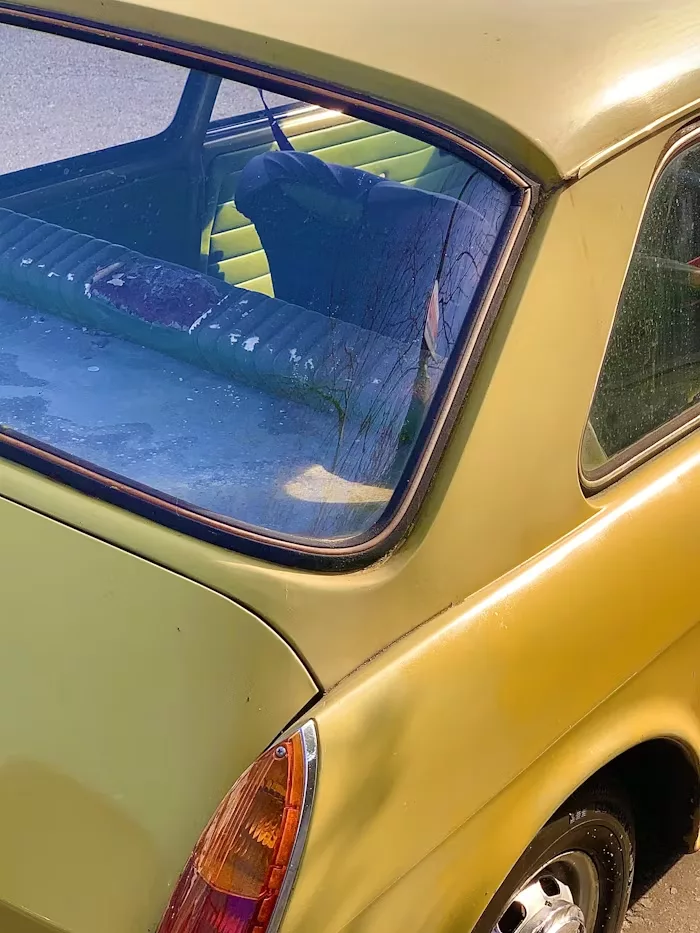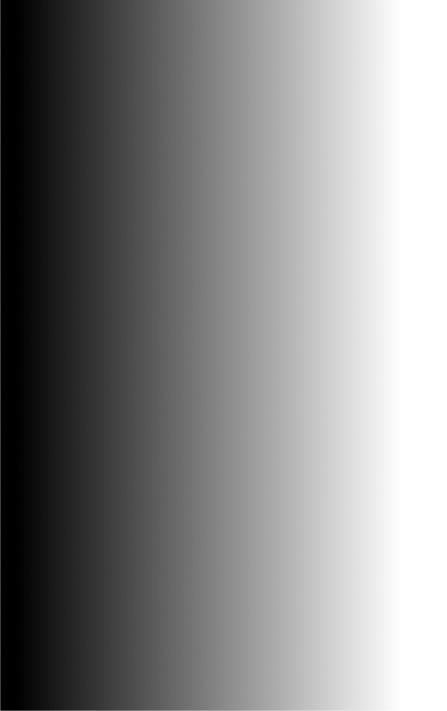Legal Window Tint in Texas 2025: What You Need to Know
Legal Window Tint in Texas 2025: What You Need to Know
Window tinting is a popular way to improve comfort, protect interiors from sun damage, and enhance privacy. But not all window tint is legal in every state. If you live in Texas or plan to register a vehicle there, it’s important to know the current laws regarding automotive window tint.
This guide explains what window tint is legal in Texas for 2025. We’ll cover the visible light transmission (VLT) limits, reflectivity restrictions, inspection requirements, and what to expect if your tint does not meet state guidelines.
What Is VLT and Why Does It Matter?
VLT stands for visible light transmission. It refers to the percentage of light that passes through your car windows. The lower the VLT number, the darker the tint. For example, a window with 20 percent VLT only allows 20 percent of visible light through and blocks 80 percent.
Texas regulates VLT percentages to ensure drivers have enough visibility and to promote safety on the road. These laws vary based on the type of vehicle and which window is being tinted.
Texas Window Tint Laws for Passenger Cars
For sedans and similar vehicles, Texas law sets specific limits for how dark the tint can be on different parts of the car.
Windshield:
- Tint is allowed only above the AS-1 line (or top 5 inches if the AS-1 line is not visible)
- Tint must be non-reflective
Front side windows:
- Must allow at least 25 percent of visible light through
Backside windows:
- Any darkness is allowed
Rear window:
- Any darkness is allowed if the car has dual side mirrors
These rules are enforced to ensure the driver can see clearly and that law enforcement officers can see inside the vehicle when necessary.
Tint Regulations for SUVs, Trucks, and Vans
Multi-purpose vehicles like SUVs, pickup trucks, and vans follow similar rules for the front windows, but the rear windows have more flexibility.
Windshield:
- Tint allowed above the AS-1 line or top 5 inches
- Must be non-reflective
Front side windows:
- Minimum 25 percent VLT
Backside windows:
- Any darkness is permitted
Rear window:
- Any darkness is permitted, as long as the vehicle has functioning dual side mirrors
These more relaxed rules for rear windows are typical in most U.S. states and allow owners of utility vehicles to have more privacy and sun protection in the cargo or passenger areas.
Is Reflective Tint Legal in Texas?
Texas also restricts how reflective your window tint can be. Reflective tint can reduce glare and heat, but too much reflectivity may cause visibility problems or be distracting to other drivers.
The legal limits for reflectivity in Texas are:
Front side windows:
- No more than 25 percent reflective
Backside windows:
- No more than 25 percent reflective
Highly mirrored or metallic-looking tints are not allowed. If your tint is overly shiny or reflective, it may not pass inspection, and you could receive a ticket.
Medical Exemptions for Window Tint in Texas
Texas does allow darker window tint for people with certain medical conditions. Common qualifying conditions include:
- Light-sensitive skin disorders
- Lupus
- Skin cancer
- Photosensitivity due to medications
To get a medical exemption, you must:
- Obtain a signed statement from a licensed physician or optometrist
- Submit the form to the Texas Department of Public Safety (DPS)
- Carry a copy of the exemption in your vehicle
With a valid exemption, you may be allowed to use tint darker than the standard legal limit on your front side windows and windshield. However, it’s still important to stay within safe visibility limits to avoid safety issues while driving.
Does Illegal Tint Fail a Vehicle Inspection in Texas?
Yes, it can. In Texas, vehicles must pass an annual safety inspection to be registered. During this inspection, technicians check the window tint to ensure it meets state requirements.
If your front side windows are darker than 25 percent VLT, or if the windshield has illegal tint, the car may fail inspection. You’ll be required to remove or replace the tint before the car can pass.
Texas law also requires tint installation companies to provide a certificate of compliance. This certificate should list the VLT percentage and confirm that the tint meets state standards. A sticker must be placed on the driver’s side window as proof of legal installation.
What Happens If You’re Caught with Illegal Tint in Texas?
Driving with illegal window tint can lead to a citation from law enforcement. Penalties may include:
- A fine, which can range from $20 to $300
- A requirement to remove or replace the non-compliant tint
- Inspection failure, which could prevent you from renewing your registration
In some cases, you may receive a warning and be asked to fix the problem within a set number of days. However, repeat violations may result in higher fines and additional consequences.
How to Check If Your Tint Is Legal in Texas
There are a few ways to confirm whether your current window tint is compliant with Texas law:
- Use a VLT meter: This tool measures how much light passes through the glass. Many tint shops and inspection stations have them.
- Look for the tint sticker: A legal tint job in Texas should include a compliance sticker on the driver’s side window.
- Ask the installer: If you had your windows tinted professionally, they should provide a certificate showing the VLT level and confirming legality.
If you’re not sure whether your tint is too dark, it’s best to have it checked before your next inspection or roadside stop.
Tips for Choosing Legal Tint in Texas
If you’re thinking about getting your windows tinted and want to avoid issues down the line, here are a few tips:
- Always ask the installer about local tint laws
- Request a copy of the compliance certificate
- Choose a product that balances light transmission, heat rejection, and UV protection
- Avoid extremely dark films for front windows
- Consider clear or lightly tinted options for the windshield visor strip
Many high-quality window films on the market today provide excellent sun and heat protection without breaking legal limits.
Why Choose TERMINAX for Legal Tint in Texas?
When it comes to protecting your vehicle, TERMINAX window films are engineered to meet Texas tint laws while offering superior performance in heat rejection, clarity, and durability.
Here’s why Texas drivers are turning to TERMINAX:
- 100% Legal VLT Options: TERMINAX offers a range of film shades, including 25% VLT for front windows—perfect for staying compliant with Texas laws.
- Non-Reflective, High Clarity Films: Designed to reduce glare without exceeding the 25% reflectivity limit.
- Heat & UV Protection: Blocks up to 99% of harmful UV rays and significantly reduces cabin heat, essential for hot Texas summers.
- Lifetime Warranty: Peace of mind with every installation. TERMINAX films are built to last and backed by a warranty.
- Professional Grade Installation: Available through certified installers who understand local tint regulations and compliance standards.
Whether you’re looking to upgrade for privacy, comfort, or vehicle protection, TERMINAX makes it easy to stay legal without compromising style.
Conclusion: Stay Legal, Stay Cool
Knowing the legal tint limits in Texas helps you avoid fines, protect your car’s interior, and drive more comfortably. The key rules to remember are:
- Front-side windows must allow at least 25 percent of visible light
- Windshield tint is only allowed above the AS-1 line and must be non-reflective
- Rear and back windows can be darker, especially on SUVs and trucks
- Reflective tints cannot exceed 25 percent
- Medical exemptions are available but require documentation
When in doubt, check your VLT or ask a local tint expert for guidance. Following the rules not only keeps you compliant but also ensures a safer and more enjoyable driving experience.


